Backcountry Camping: A Beginner’s Guide
Level Up Your Outdoor Game: Mastering Backcountry Camping Basics!
Are you ready to escape the hustle and bustle of your daily routine and immerse yourself in the serene beauty of nature? If you've ever dreamt of sleeping under a blanket of stars, waking up to the sound of birds chirping, and embarking on an adventure off the beaten path, then backcountry camping might just be your calling.
In this beginner's guide, we'll delve into everything you need to know about venturing into the wilderness for a truly immersive outdoor experience. From selecting the right gear to navigating through rugged terrain, we'll equip you with the essential knowledge and tips to make your backcountry camping trip a memorable one.
Table Of Contents
- What is Backcountry Camping?
- Backcountry Camping: A Beginner's Guide
- About Primitive Camping
- Exploring State Parks for Camping
- Hiking-In and Setting Up Camp
- FAQS:
- Q: What is backcountry camping?
- Q: How is backcountry camping different from regular camping?
- Q: Where can I go backcountry camping?
- Q: What is the difference between backpacking and backcountry camping?
- Q: How do I plan a backcountry camping trip?
- Q: What gear do I need for backcountry camping?
- Q: How do I find a suitable backcountry campsite?
- Q: Are there any safety tips for backcountry camping?
- Q: Can I go backcountry camping alone?
- Q: What are some popular backcountry camping destinations?
- Final Thoughts
What is Backcountry Camping?
Definition and Overview
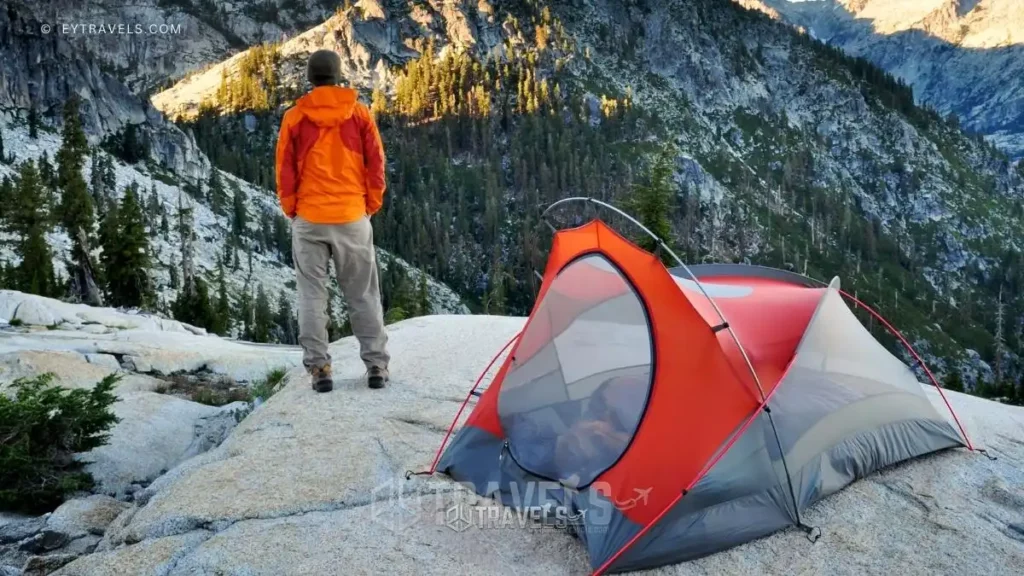
Backcountry camping is a form of camping that allows you to immerse yourself in nature and explore areas that are not easily accessible by roads or vehicles. It involves carrying all your necessary gear in a backpack and hiking to a remote location where you can set up camp. This type of camping offers a unique sense of adventure and freedom, allowing you to truly disconnect from the hustle and bustle of everyday life.
Benefits of Backcountry Camping
Backcountry camping offers a range of benefits that make it an attractive option for outdoor enthusiasts. Firstly, it allows you to explore untouched wilderness areas that are off the beaten path, giving you a sense of solitude and tranquility. This type of camping also provides a great opportunity for physical exercise, as you'll be hiking and carrying your gear throughout your trip. Additionally, backcountry camping allows you to fully immerse yourself in nature, experience wildlife in its natural habitat, and gain a deeper appreciation for the environment.
Essential Gear for Backcountry Camping
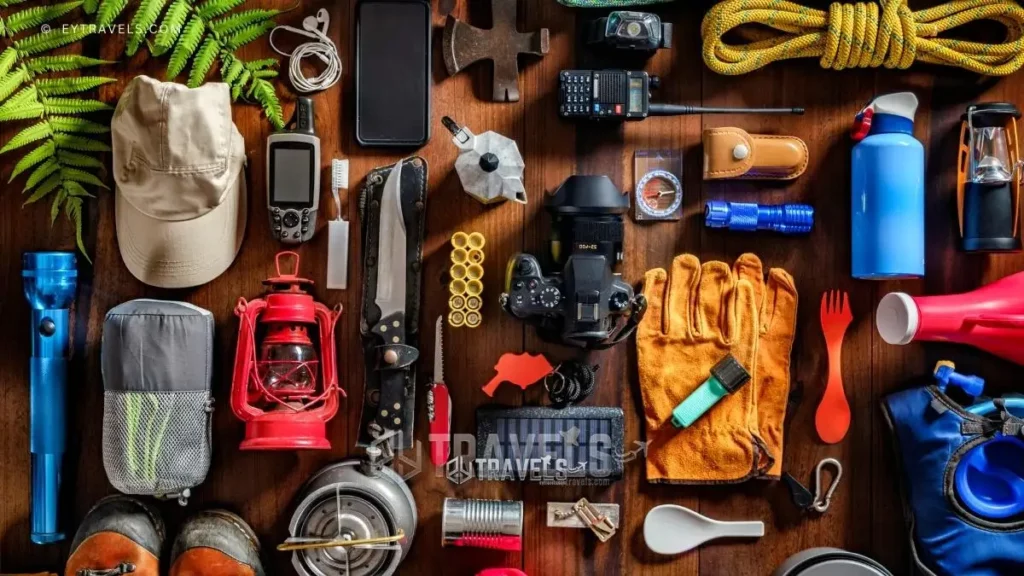
When it comes to backcountry camping, having the right gear is essential to a successful trip. One of the most important pieces of equipment is your backpack, which should be durable and comfortable to carry. Other gear includes a tent, sleeping bag, cooking stove, and appropriate clothing for the weather conditions.
It's always a good idea to invest in a high-quality, lightweight tent that is easy to set up and provides adequate protection from the elements. When selecting a sleeping bag, consider the temperature rating to ensure you stay warm and comfortable throughout the night. Additionally, don't forget to pack a headlamp, water filter, navigation tools, and a first-aid kit.
Backcountry Camping: A Beginner's Guide
Finding the Right Campsites
When it comes to finding the perfect backcountry campsite, it's important to consider a few key factors. Look for a location that is suitable for camping, with flat ground and access to a water source. You'll also want to choose a spot that is away from the crowds and provides a sense of privacy.
Take into account the terrain and weather conditions, as well as any natural hazards that may be present. It's always a good idea to research the area beforehand and seek advice from experienced hikers or park rangers.
Researching Campsite Regulations
Before embarking on your backcountry camping adventure, it's crucial to research and understand the regulations for the area you plan to visit. Some public lands may require permits or have specific rules regarding camping, campfires, and waste disposal. It's important to respect and adhere to these regulations to help protect the environment and ensure a positive experience for all visitors.
Packing List for Campsite Setup
When setting up a backcountry campsite, it's important to have a well-thought-out packing list to ensure you have everything you need. Some essential items to include are a lightweight tent, sleeping bag, camping stove, cookware, food, water filter or purifier, extra clothing layers, and a means of navigation. It's also important to bring along a trowel for digging a “cat hole” to bury human waste, as well as biodegradable toilet paper. Remember to pack out all your trash and leave no trace of your presence.
About Primitive Camping
Understanding Primitive Camping
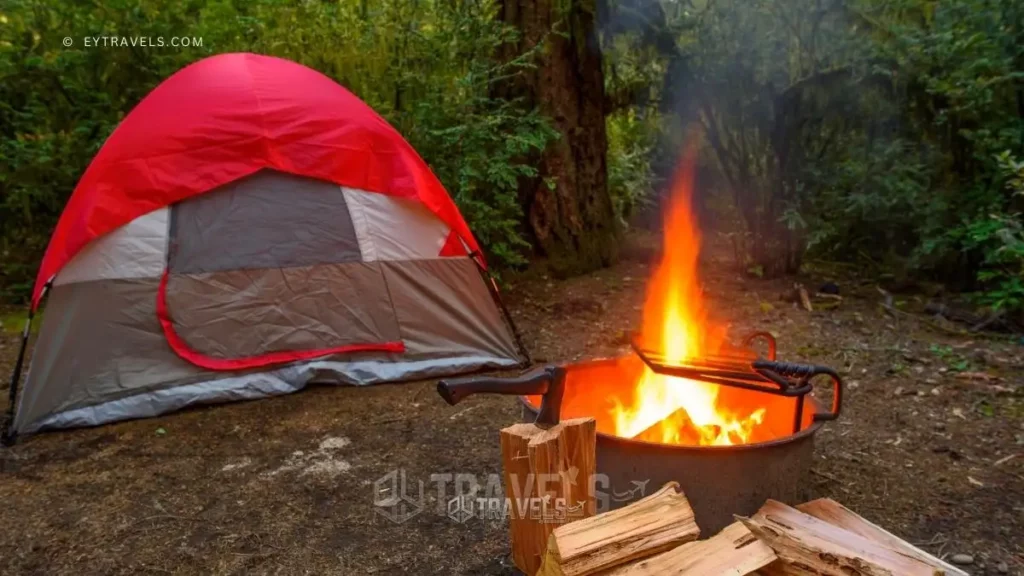
Primitive camping is a type of backcountry camping that involves immersing yourself in nature with minimal amenities. It is a way to experience the wilderness in its rawest form, without the conveniences of established campgrounds. Primitive campsites often do not have designated tent sites or campfire rings, giving you the freedom to choose your spot. This type of camping requires self-reliance and a deeper understanding of outdoor skills.
Selecting a Suitable Primitive Campsite
When selecting a primitive campsite, look for a location that is flat and free from hazards. Pay attention to regulations and restrictions set by the land management agency, and choose a spot that is at least 200 feet away from any water source to minimize your impact on the environment. Consider factors such as access to firewood, proximity to hiking trails, and availability of a water source for drinking and cooking.
Primitive Camping Safety Tips
When engaging in primitive camping, it's important to prioritize safety. Always check the weather forecast before heading out and be prepared for changing conditions. Make sure to bring a first-aid kit and know how to use it. Follow proper food storage guidelines to avoid attracting wildlife, and always practice Leave No Trace principles. It's also a good idea to inform someone of your itinerary and expected return date before heading out.
Exploring State Parks for Camping
Advantages of State Park Camping
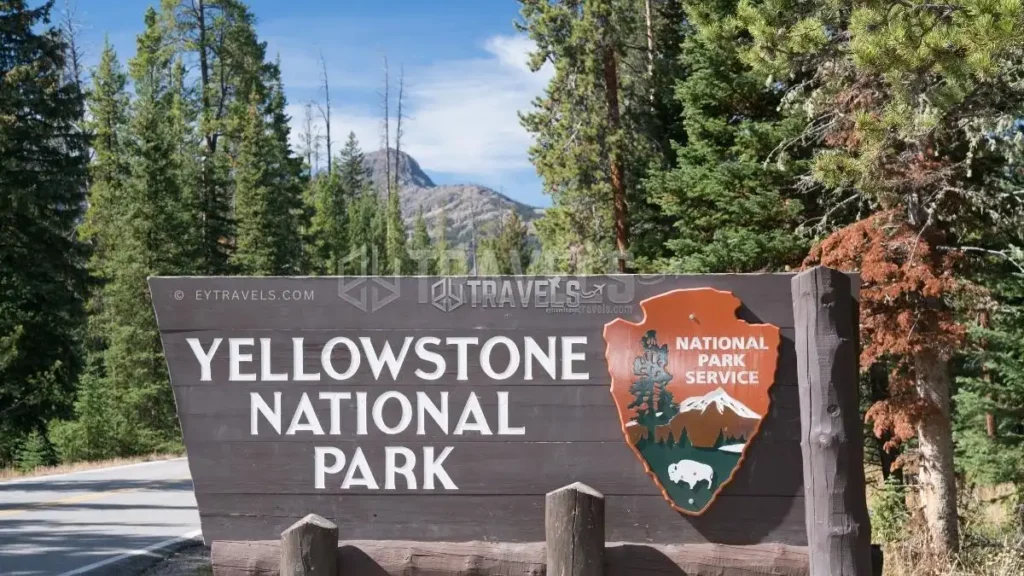
State parks offer a unique camping experience with a range of amenities and recreational opportunities. They often provide designated campsites with picnic tables, fire rings, and access to clean restroom facilities. State parks are also a great option for beginners, as they usually have well-marked trails, park rangers for assistance, and organized activities for visitors of all ages.
Booking Procedures for State Park Campgrounds
When planning a camping trip to a state park, it's important to familiarize yourself with the booking procedures. Some state parks have online reservation systems, while others operate on a first-come, first-served basis. It's advisable to make your reservations well in advance, especially during peak seasons. Check the park's website or contact their visitor center for specific information on reservations and availability.
State Park Campground Amenities
State park campgrounds often offer a range of amenities to make your camping experience more enjoyable. These may include picnic areas, playgrounds, swimming beaches, boat rentals, and organized nature programs. Some state parks even have cabins or yurts available for rent if you prefer a more comfortable camping experience. Be sure to check the park's amenities before your trip, so you can plan accordingly.
Hiking-In and Setting Up Camp
Planning the Hiking Route
Before embarking on your hiking and camping adventure, it's important to plan your route carefully. Research the area, study trail maps, and gather information on the expected terrain and conditions. Determine the distance you are comfortable hiking each day and ensure you have enough time to reach your campsite before nightfall. It's also wise to have alternative routes or exit points in case of emergencies.
Hiking Safety and Techniques
When hiking to your backcountry campsite, it's crucial to prioritize safety. Always wear appropriate footwear and clothing for the terrain and weather conditions. Pack enough food and water for your entire hike, and make sure to take regular breaks to rest and refuel. Be mindful of your surroundings, stay on marked trails, and avoid wildlife encounters. It's also important to let someone know your hiking plans and expected return time.
Setting Up Your Tent and Campsite
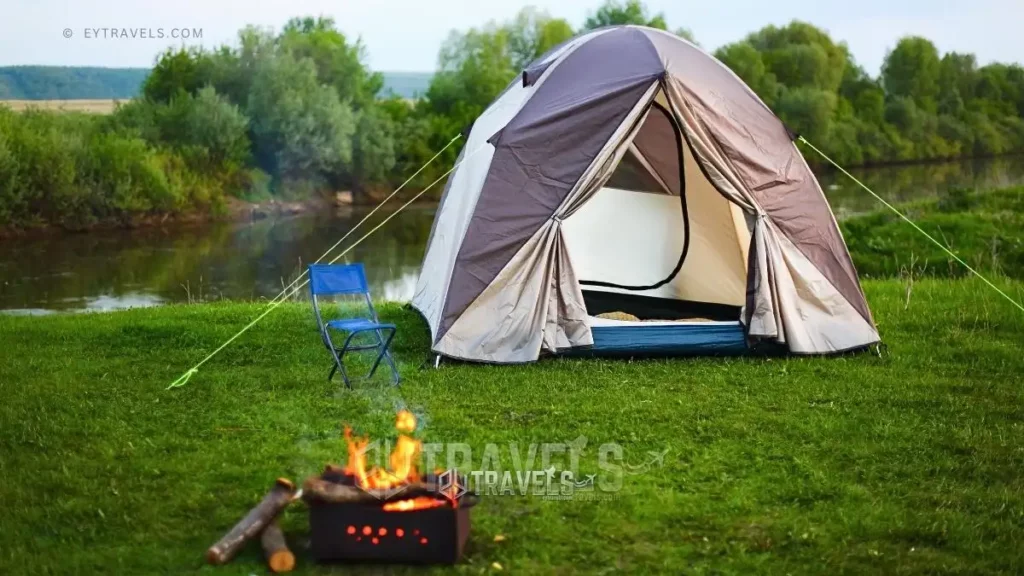
Once you've reached your backcountry campsite, it's time to set up your tent and create a comfortable campsite.
- Choose a level area for your tent and ensure the ground is free from rocks and debris.
- Use a tarp or groundsheet underneath your tent to provide an extra layer of protection.
- Set up your tent according to the manufacturer's instructions, making sure it is securely pitched.
- Create a designated cooking area away from your sleeping area and always extinguish campfires completely before leaving the site.
FAQS:
Q: What is backcountry camping?
A: Backcountry camping refers to camping in remote and undeveloped areas, away from established campsites and facilities. It typically involves backpacking or hiking to reach the camping location.
Q: How is backcountry camping different from regular camping?
A: Unlike regular camping where you drive up to a campsite and pitch your tent, backcountry camping requires hiking or backpacking to reach the campsite. It offers a more immersive and adventurous camping experience.
Q: Where can I go backcountry camping?
A: Backcountry camping can be done in various locations such as national parks, state forests, and wilderness areas. These areas usually have designated backcountry campsites for campers.
Q: What is the difference between backpacking and backcountry camping?
A: Backpacking is a broader term that refers to hiking and camping with all your gear carried in a backpack. On the other hand, backcountry camping specifically refers to camping in remote and undeveloped areas.
Q: How do I plan a backcountry camping trip?
A: Planning a backcountry camping trip involves researching the destination, obtaining necessary permits, packing essential gear, and preparing for the hike. It is important to research ahead of time to ensure you are well-prepared for the trip.
Q: What gear do I need for backcountry camping?
A: Essential gear for backcountry camping includes a backpack, tent, sleeping bag, cooking equipment, water filtration system, and appropriate clothing. It is crucial to have a first aid kit and navigation tools as well.
Q: How do I find a suitable backcountry campsite?
A: When backcountry camping, you can either find established campsites along the trail or choose a suitable spot to pitch your tent. Look for flat, dry, and elevated areas away from water sources and wildlife habitats.
Q: Are there any safety tips for backcountry camping?
A: Yes, there are several safety tips for backcountry camping. Always check the weather conditions before heading out, inform someone about your plans, carry a first aid kit, and be prepared for emergencies. Additionally, research the area's wildlife and follow proper food storage guidelines.
Q: Can I go backcountry camping alone?
A: Yes, you can go backcountry camping alone. However, it is recommended to go with a group, especially if you are new to backcountry camping. Camping with others can enhance safety and provide a more enjoyable experience.
Q: What are some popular backcountry camping destinations?
A: Some popular backcountry camping destinations include national parks like Yellowstone and Yosemite, state forests, wilderness areas, and recreation areas. These locations offer stunning landscapes and remote campsites for a memorable camping experience.
Final Thoughts
Backcountry camping can be an exhilarating and rewarding experience for beginners. By following the tips and guidelines outlined in this guide, you can feel confident and prepared to embark on your first backcountry adventure. Remember to prioritize safety, respect the environment, and embrace the sense of freedom that comes with disconnecting from modern amenities.
With practice and experience, you'll develop a deeper understanding and appreciation for the natural world around you. So go ahead, pack your gear, plan your route, and get ready to make unforgettable memories in the great outdoors! Happy camping! ⛺😁


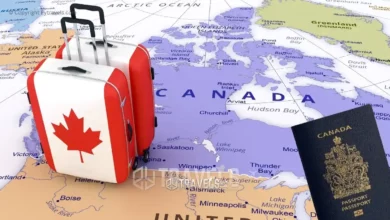




Hey adventurers! 🌲 Ready to level up your outdoor game? Check out this beginner’s guide to Backcountry Camping on EyTravels! ⛺ Explore untouched wilderness, learn essential gear tips, find the perfect campsite, and more. 🚶♂️🏕️ Don’t forget to follow, like, and share to inspire fellow explorers! Dive into the adventure here:
.
https://www.eytravels.com/backcountry-camping/
#eytravels #backcountrycamping #adventureguide #naturelovers #campingtips #outdooradventures #explorethewild #getoutside